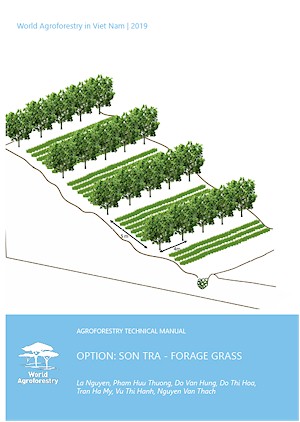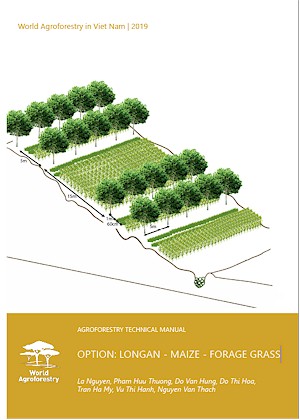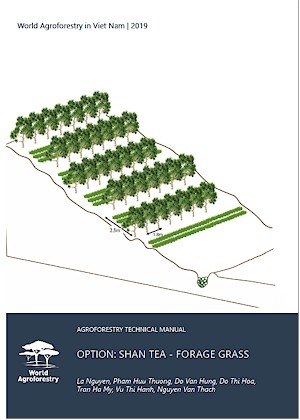Eight woody fodder species adapted to the highlands of Rwanda were evaluated in terms of dry matter intake in one experiment. Animals were offered a daily diet comprising 4.0 of fresh matter of Setaria splendida grass supplemented with or without one of the eight fodder species tested. In all cases, total daily feed intake was increased by the addition of woody fodder. Daily intake of the woody fodder was high for Acacia koaia, Mimosa scabrella and Acacia koa at 43.7, 42.6 and 41.9 g/kg BW0.75, respectively. The dry matter intake of the other five species (Alnus acuminata, Chamaecytisus palmensis, Hagenia abyssinica, Acacia mearnsii and Acacia melanoxylon) ranged from 18.9 to 30.1 g/kg BW0.75 per day. In another experiment, a basic daily diet of 4.0 kg of fodder (in fresh weight) was given to each animal. This ratio comprised S. splendida supplemented with M. scabrella and incorporated at 0 (control), 45% and 66% (fresh weight basis) of the total daily diet. Improved weight gain was obtained when setaria was supplemented with M. scabrella with daily weight gain of 31, 47 and 51 g/animal for 0, 45 and 66% M. scabrella, respectively.
DOI:
https://doi.org/10.1007/BF00148160
Skor altmetrik:
Jumlah Kutipan Dimensi:



















